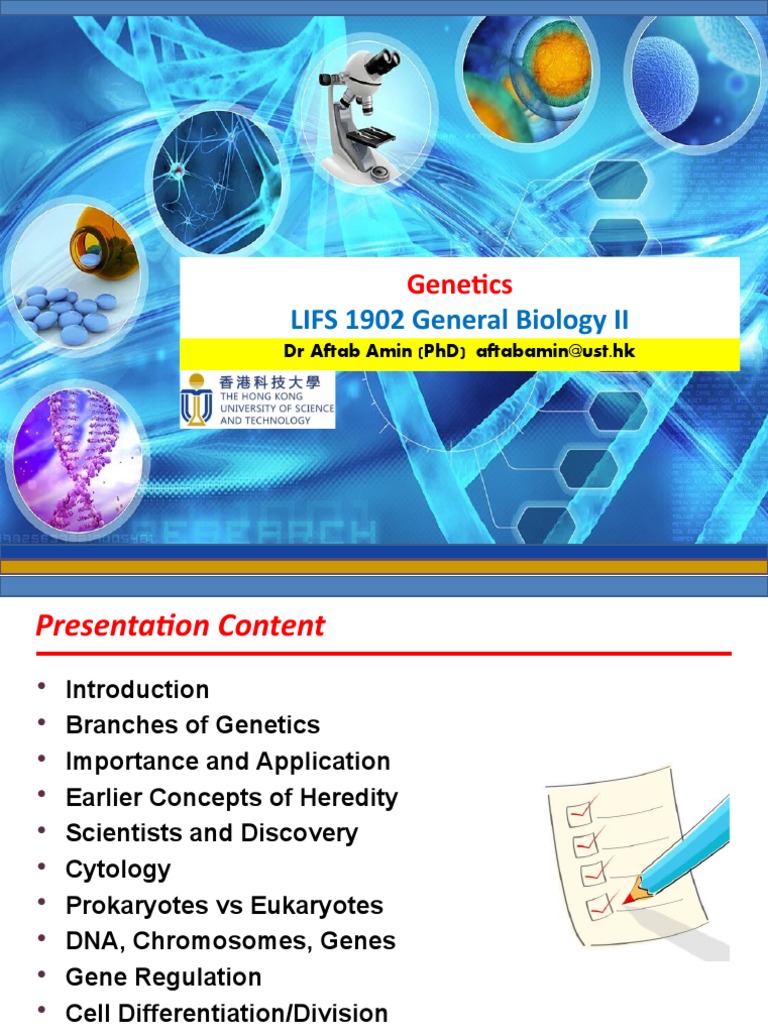Tooth Adhesive Guide: Stronger Crowns
The use of dental adhesives has revolutionized the field of dentistry, enabling dentists to create stronger, more durable bonds between teeth and restorations such as crowns. This advancement has significantly improved the longevity and aesthetic appeal of dental restorations, contributing to higher patient satisfaction and better oral health outcomes. At the core of this technology lies a deep understanding of the materials and techniques used in dental adhesive applications, which is crucial for achieving optimal results.
Understanding Dental Adhesives
Dental adhesives are specialized materials designed to bond dental restorations, such as crowns, bridges, and fillings, securely to the tooth structure. The effectiveness of these adhesives depends on their ability to create a strong, lasting bond that can withstand the forces of chewing and other oral functions. Over the years, the composition and characteristics of dental adhesives have evolved, with modern formulations offering improved bonding strength, durability, and ease of use.
Types of Dental Adhesives
There are several types of dental adhesives available, each with its own set of properties and indications. The choice of adhesive often depends on the specific dental procedure, the type of restoration being used, and the preferences of the dentist. Some of the most common types include:
- Resin-based adhesives: These are widely used for bonding composite resin restorations to tooth structure. They offer high bond strength and are versatile, making them suitable for a variety of applications.
- Glass ionomer adhesives: Known for their ability to release fluoride, which can help prevent tooth decay, glass ionomer adhesives are often used for cementing metal restorations and as a base under other restorations.
- Self-adhesive resin cements: These materials combine the properties of resin-based adhesives with the ease of use of traditional dental cements. They are particularly useful for bonding ceramic, composite, and metal restorations.
The Bonding Process
The process of bonding a crown to a tooth using dental adhesive involves several key steps. First, the tooth is prepared by removing any decay and shaping it to receive the crown. The surface of the tooth is then cleaned and etched to create small pores, which helps the adhesive penetrate and form a strong bond. Next, a primer may be applied to enhance the bonding process, followed by the application of the adhesive itself. The crown is then placed over the tooth, and the adhesive is cured using a special light to activate its bonding properties.
Factors Influencing Bond Strength
The strength of the bond between the tooth and the crown depends on several factors, including the type of adhesive used, the surface preparation of the tooth, and the technique employed by the dentist. Proper surface preparation, including etching and cleaning, is crucial for removing contaminants and creating a surface that the adhesive can bond to effectively. The choice of adhesive must also be appropriate for the specific application and materials involved.
Clinical Considerations
In clinical practice, achieving a strong and durable bond is critical for the success of dental restorations. This involves selecting the most appropriate adhesive for the specific procedure and following established protocols for surface preparation and adhesive application. Additionally, ensuring that the patient maintains good oral hygiene practices and attends regular dental check-ups is vital for the long-term success of the restoration.
Future Directions
Research and development in dental adhesives continue to advance, with new materials and techniques being introduced that offer improved properties and performance. One area of focus is the development of adhesives with enhanced biocompatibility and the ability to promote oral health, such as through the release of beneficial ions or the inhibition of bacterial growth. Another area of interest is the use of digital technologies to improve the precision and efficiency of dental adhesive applications, potentially leading to more predictable and successful outcomes.
Conclusion
Dental adhesives play a crucial role in modern dentistry, enabling the creation of strong, durable bonds between teeth and restorations. Understanding the different types of adhesives available, the factors that influence bond strength, and the clinical considerations for their use is essential for achieving optimal results. As technology continues to evolve, we can expect to see further improvements in dental adhesive materials and techniques, leading to better oral health outcomes and higher patient satisfaction.
What are the main types of dental adhesives used in dentistry?
+The main types include resin-based adhesives, glass ionomer adhesives, and self-adhesive resin cements, each with its own properties and indications for use.
How is the bonding process for a dental crown performed?
+The process involves preparing the tooth, etching its surface, applying a primer if necessary, and then using a dental adhesive to bond the crown to the tooth, which is cured with a special light.
What factors influence the strength of the bond between a tooth and a crown?
+The strength of the bond depends on the type of adhesive used, the surface preparation of the tooth, and the technique employed by the dentist. Proper surface preparation, including etching and cleaning, is crucial for a strong bond.
Are there any new developments in dental adhesives that could improve their performance?
+Yes, research is ongoing into the development of adhesives with enhanced biocompatibility, the ability to release beneficial ions, and the use of digital technologies to improve the precision of adhesive applications.
Why is the choice of dental adhesive important for the success of a restoration?
+The choice of adhesive is critical because it directly affects the bond strength and durability of the restoration. Selecting the right adhesive for the specific materials and procedure involved is key to achieving a successful and long-lasting outcome.
In the realm of dental restorations, the continuous advancement of dental adhesives promises to bring about improved outcomes, enhanced patient satisfaction, and a broader range of treatment options. As dental professionals and patients alike become more aware of the critical role that dental adhesives play in achieving these goals, the demand for high-quality, effective adhesives will continue to drive innovation in this field.

